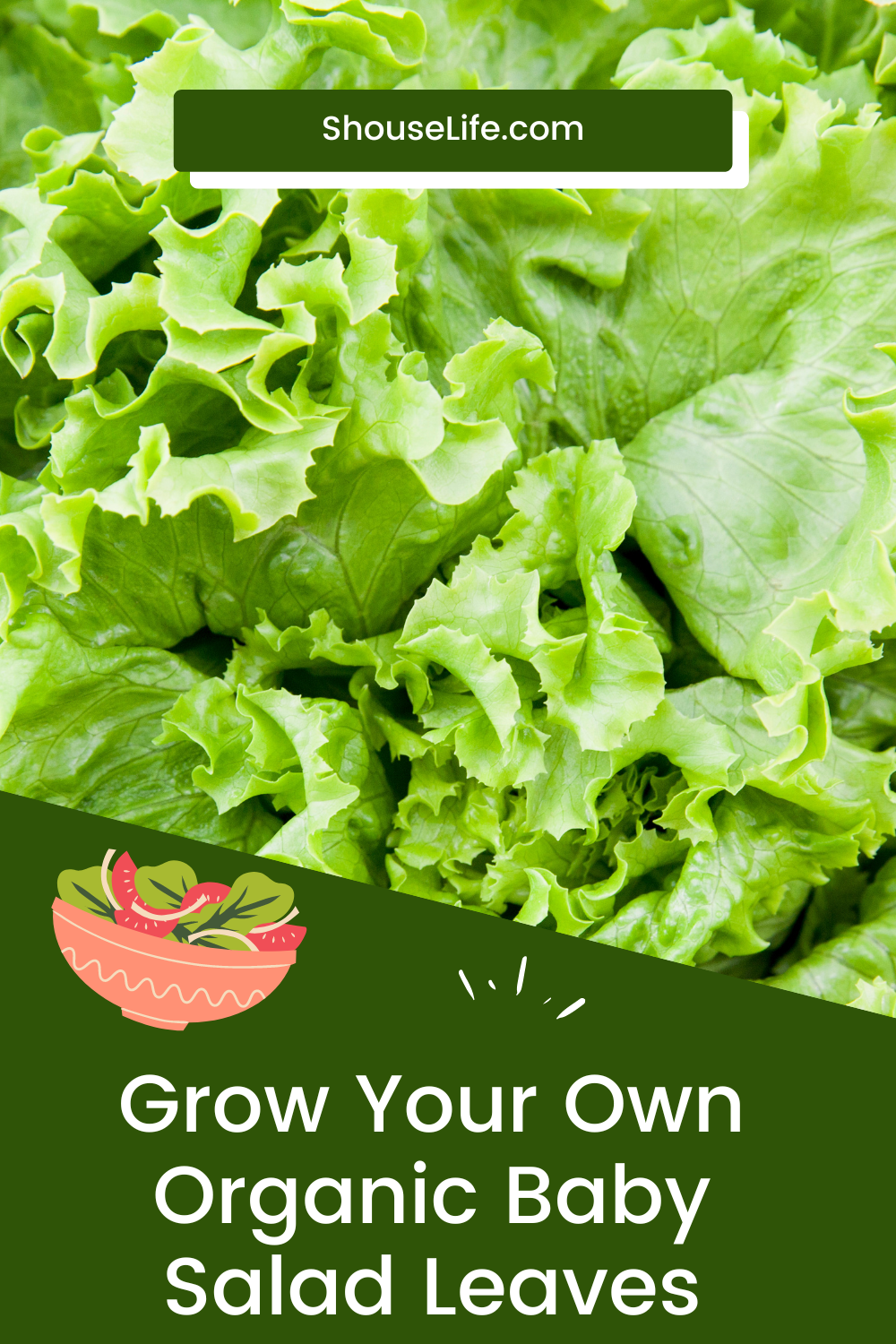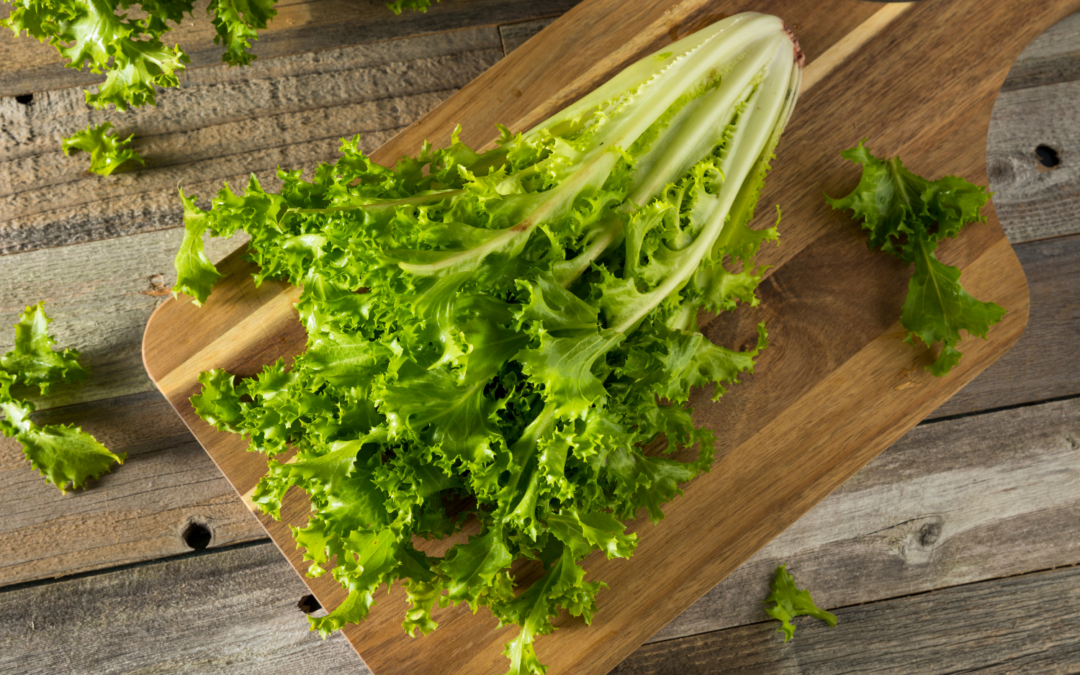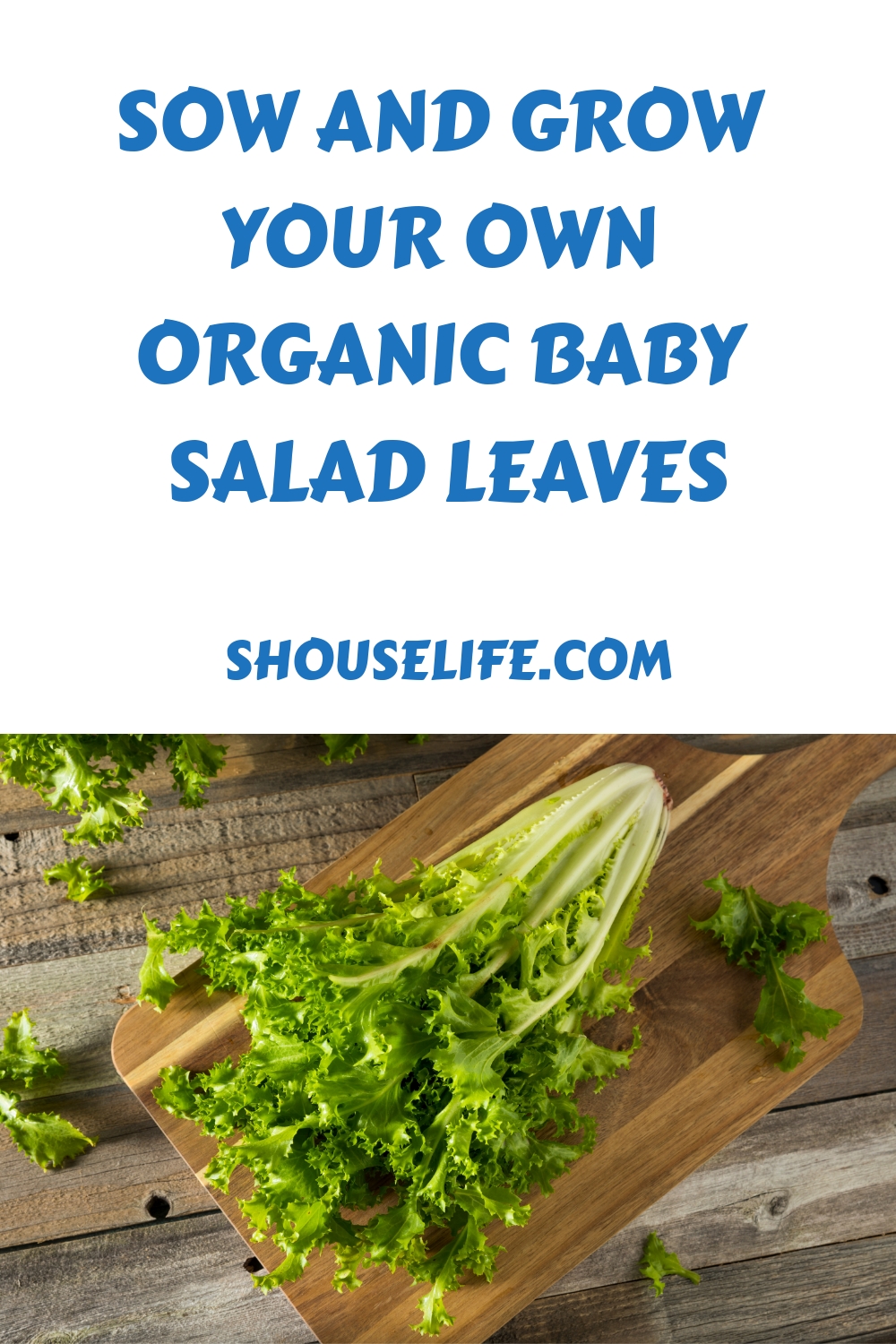Pre-packed mixed leafy greens are widely available in the shops. They are expensive, but for a tiny outlay, it’s easy to sow and grow your own organic baby salad leaves.
Remember when green lettuce was the only leafy salad vegetable on your plate? Then along came lettuces in many shapes, colors, and textures. Plain or frizzy leaves, red, green, and variegated types were also joined by other crops such as rockets, sorrel, and radicchio. Now we have some new kids on the block, namely baby salad leaves, also known as ‘micro leaves’ or ‘micro herbs’.
These are, quite simply, vegetable seedlings picked when only about 21 days old. At this stage, the leaves, which are muchly vaunted by celebrity chefs, are at their tastiest and most nutritious. Shop-bought pre-packed mixtures are pricey and unless certified organic they may contain pesticide residues. Why take the risk and spent money unnecessarily when it is so easy to sow and grow your own organic baby salad leaves?
Contents
Year-Round Fresh Baby Leaf Salads
Growing your own is very easy. You get maximum return in record time from minimum space. It is possible to produce your own fresh baby leaf salads all the year-round, but during winter and early spring the range is limited and you need the protection of a cold frame, cold greenhouse, or a polythene tunnel.
How to Grow Baby Salad (Micro-Leaves)
Being quick growing and shallow-rooted these crops don’t need a large volume of soil or compost. In early spring they need to be sown indoors. Recycled margarine tubs and plastic fruit punnets make ideal containers provided they have adequate drainage holes. Extra holes can be made with a skewer.
Using moist seed or multi-purpose compost sow the seeds thinly, cover them lightly and place the containers in a propagator set at 16 degrees centigrade. Germination will start in 2-3 days: if you haven’t a propagator place them on a light windowsill in a warm room.
Once the garden soil has warmed up sufficiently (mid to late spring) sowing can take place directly into prepared seed beds outdoors. Sprinkle seeds thinly (1.5cm) apart either in shallow rows or broadcast sow and cover with a 1cm deep layer of fine soil.
Whether indoors or outdoors the seedlings must never go short of water. Use a watering can fit with a fine rose to avoid damaging the small, fragile leaves.
How and When to Harvest Baby Salad (Micro-Leaves)
Seedlings are harvested after 3-4 weeks when they are only 3cm tall by clipping with scissors. Most kinds will re-grow and give a second or even third crop of leaves. It is, however, wise to sow small batches at 14-day intervals to provide mini-salads throughout the summer.
Baby Leaf Salad Seed Mixes to Grow
There has been an explosion of new varieties offered by seed companies in recent years. Rather than buying dozens of individual packets, it makes sense to go for the leaf salad mixtures which have a culinary theme based on different parts of the world.
Add These Babies to This Year’s Seed List:
- The Italian style mixes contain the likes of chicory, rocket, lettuce ‘Lollo Rossa’ and kale ‘Nero’
- French-style mixtures usually have some sorrel, corn salad, chervil, and lettuce.
- Spicy oriental packets contain rocket, mustard ‘Red Giant’, mustard ‘Green in Snow’, pak choi and mizuna ‘Kyoto’
- In addition beetroot ‘Bulls Blood’ which is primarily grown as an ornamental plant for its dark red leaves is widely used as a baby leaf salad.
- Another attractive addition bringing color to the plate is the Swiss chard ‘Bright Lights’, which has red, yellow, orange, and purple stems.
- Request free vegetable seed catalogs here.
To extend the variety of healthy, tasty, easy-to-grow vegetables include some seed packets of baby salad leaves together with a selection of unusual and oriental vegetables.




